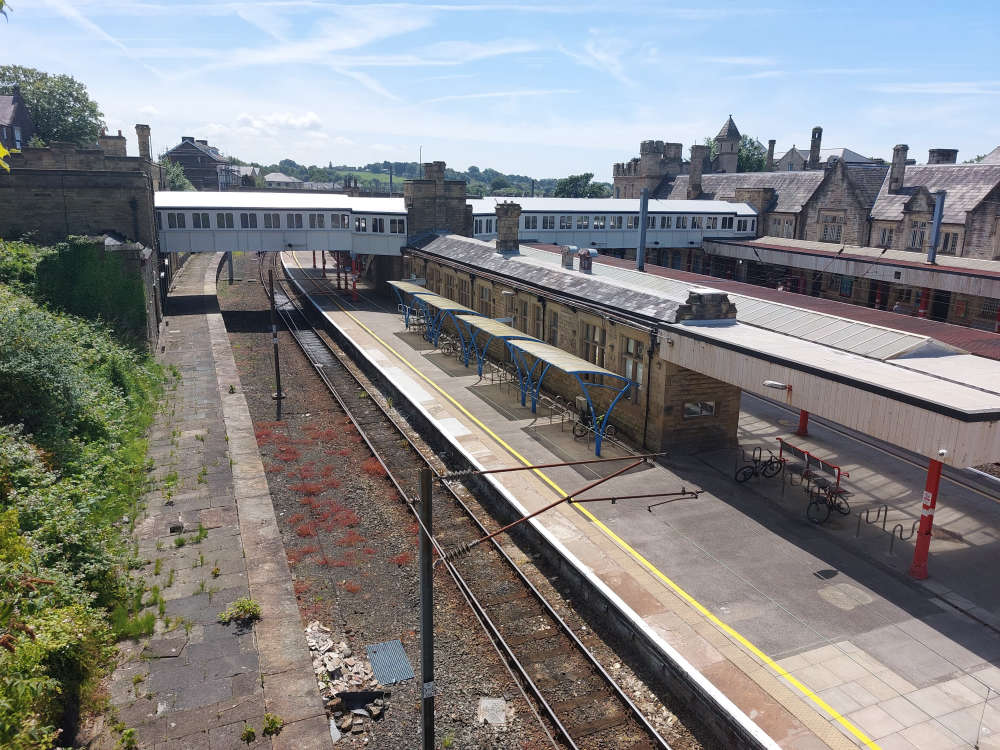
Plans to revitalise a long-closed platform and waiting rooms at Lancaster Railway Station - ideally for a new restaurant - have been welcomed by local heritage champions.
Lancaster Civic Vision has supported a major restoration project mooted for the lower floors under the ticket office at the station, which were once used as waiting rooms.
The Grade II listed building is located on platform 6 which has been shut for more than 50 years.
A planning application was submitted last month to restore and alter the building to get it ready for a new tenant, ideally a restaurant.
"Lancaster Civic Vision is pleased to support the application," said Hugh Roberts of Lancaster Civic Vision, in a statement sent to Lancaster City Council as part of the planning process.
"Proposals for a new use for this building are long overdue, and are welcomed."
Lancaster railway station was built in 1846.
A design statement produced by Seed Architects working alongside Network Rail and engineers Arcadis, which forms part of the planning application, said: "The platform 6 building with ticket hall at upper level was built as part of an extension in 1900-1906, and has remained largely the same since.
"The lower level waiting rooms and platform became disused over time, were eventually closed and the track was removed during resignalling works.
"The lower level has (fallen) into increasing disrepair, with the original canopy removed, presumably due to disrepair and danger of collapse. Since the lower level has not been in use since then, it retains a some of its original features which have been lost elsewhere in the station.
"The building was Grade II listed in 1990 and went through a significant restoration in this same year. Some of this restoration work is now considered to be damaging to the existing building, and careful reassessment and removal of coatings by a specialist contractor is required is some areas.
"Platform 6 has remained out of use for more than 50 years, the exact date of disused is not clear as it wasn’t a sudden occurrence but more gradual decline in use. The platform 6 track has since been removed, and OLE (Overhead Line Equipment) columns now sit in the track bed in its former location. Some works have taken place in the space over the years, including the installation of the electrical plant rooms which serves the ticket office and WH Smith store on the level above. This must be retained, so is an existing restraint of the space.
"The Platform 6 refurbishment is designed for a flexible commercial use, but intended for the prefered tenant as a restaurant. The entrance staircase is reopened up from the ticket hall. The majority of the rest of the space is dedicated to restaurant seating, remaining fairly open as its orginal use as waiting rooms.
"The outdoor platform area is proposed to be enclosed with a new platform edge railing, this will allow space to be used for external seating, as well as general circulation to the restaurant from the stairs.
"The existing historic access to platform 6 has been closed off by partition walls. These will be removed to reopen the original archway, giving direct access to the stairs down to platform 6. This will reopen a grand historic staircase, bringing it back into public use.
"The restoration of the listed building, and use of the spaces will enhance its aesthetic and communal values, and will not harm the historic and evidential values. The public benefits of the proposals will enhance the historic station, providing sustainable improvements to the town."
The plans also include a new platform stair lift to ensure accessibility to platform 6.
But Mr Roberts said: "We would ask that further consideration is given to the issue of accessibility. It is not thought that a stair lift would afford adequate provision for a public building."
Lancaster Civic Vision is an organisation dedicated to Improving the quality of life of residents of Lancaster, and an official consultee as part of the planning process for the application.
Lancaster City Council will decide whether to approve the plans in due course.



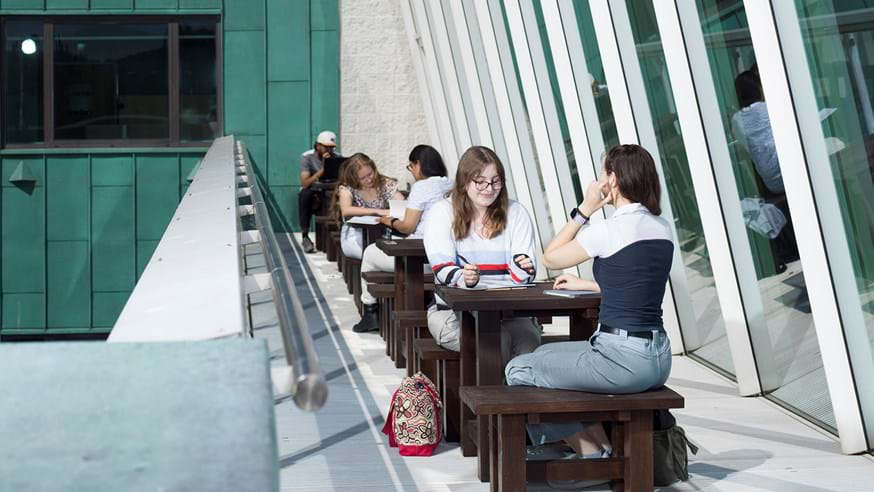 Lancaster remains best university in North West England in Complete University Guide
Lancaster remains best university in North West England in Complete University Guide
 'Music with the Mayor' initiative launched to support North Lancashire’s Citizens Advice
'Music with the Mayor' initiative launched to support North Lancashire’s Citizens Advice
 DIARY: Beyond Radio presenter fighting cancer continues his '60 Before 60' challenge
DIARY: Beyond Radio presenter fighting cancer continues his '60 Before 60' challenge
 BIG FIGHT COUNTDOWN: Tyson Fury's father John headbutts Usyk supporter ahead of undisputed heavyweight title fight
BIG FIGHT COUNTDOWN: Tyson Fury's father John headbutts Usyk supporter ahead of undisputed heavyweight title fight
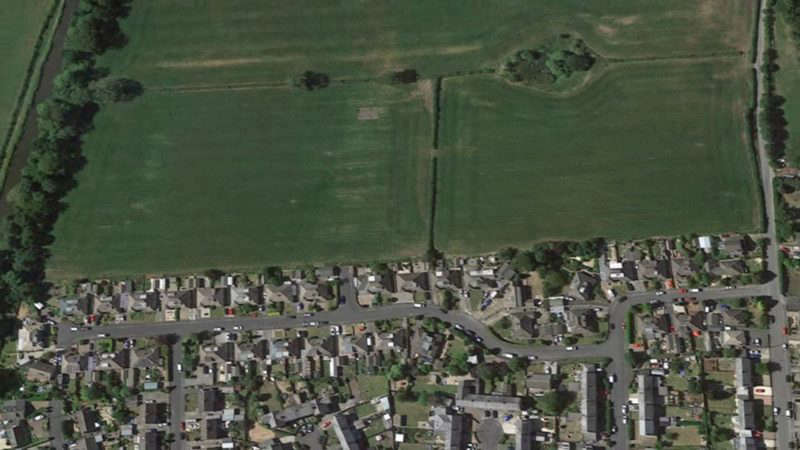 Decision to refuse Galgate housing scheme planning permission upheld following public inquiry
Decision to refuse Galgate housing scheme planning permission upheld following public inquiry
 INTERVIEWS and PHOTOS: The story of Highest Point festival 2024
INTERVIEWS and PHOTOS: The story of Highest Point festival 2024
 INTERVIEW: Lancaster prison officer backed by Tyson Fury wins sport contest ahead of Miss England bid
INTERVIEW: Lancaster prison officer backed by Tyson Fury wins sport contest ahead of Miss England bid
 VIDEO and INTERVIEW: Lancaster schoolboy, 10, makes drum 'n' bass DJ debut at Lancaster festival
VIDEO and INTERVIEW: Lancaster schoolboy, 10, makes drum 'n' bass DJ debut at Lancaster festival
 Highest Point 'Lancaster Rocks' night cancelled due to thunderstorms warning
Highest Point 'Lancaster Rocks' night cancelled due to thunderstorms warning
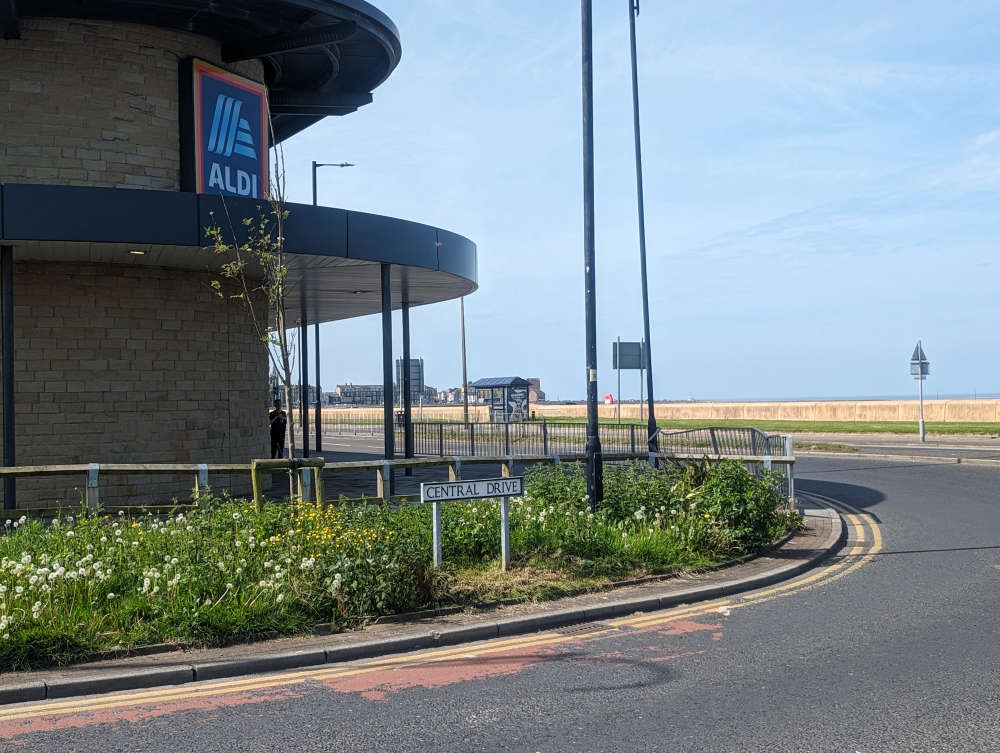 Quad bike rider dies after road crash in Morecambe
Quad bike rider dies after road crash in Morecambe
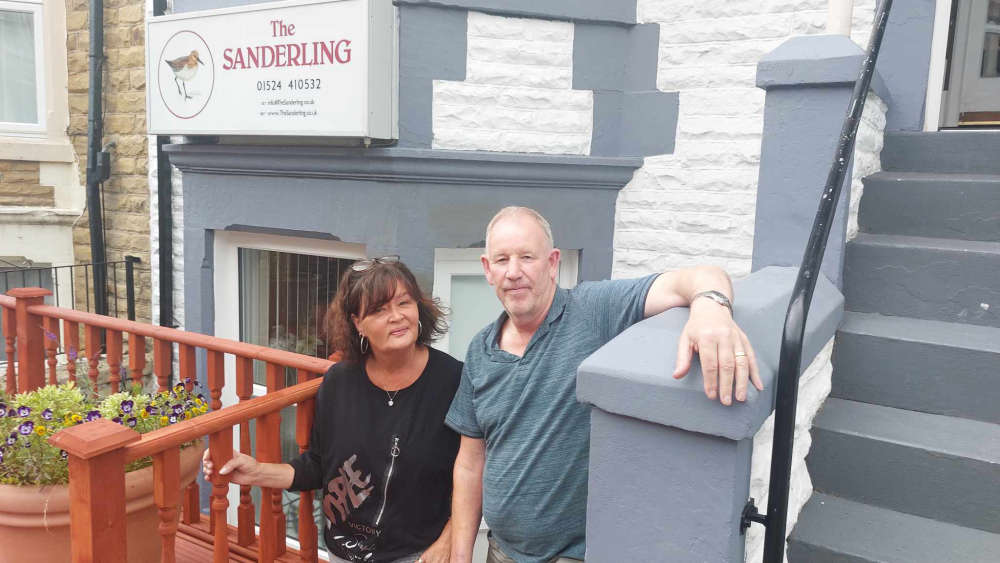 Morecambe guesthouse couple to star on reality TV show 'Four in a Bed'
Morecambe guesthouse couple to star on reality TV show 'Four in a Bed'
 PHOTOS: Northern Lights dazzle on Highest Point festival day one
PHOTOS: Northern Lights dazzle on Highest Point festival day one
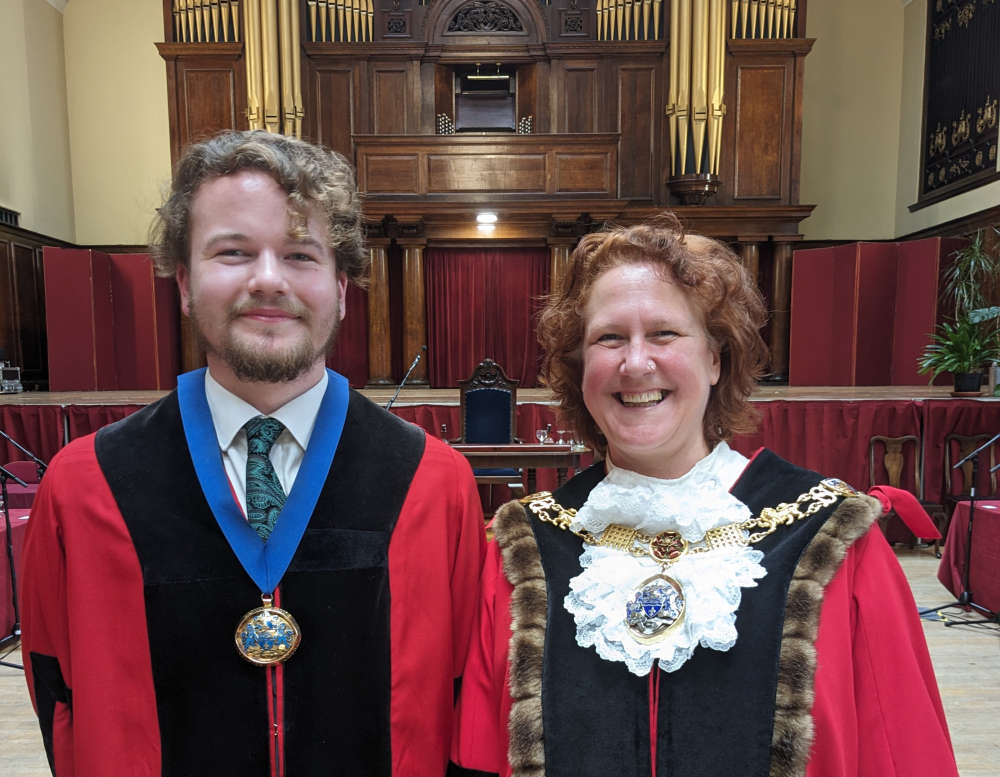 Mother and son unveiled as new Lancaster mayoral team
Mother and son unveiled as new Lancaster mayoral team
 New police and crime commissioner for Lancashire begins role
New police and crime commissioner for Lancashire begins role
 Morecambe homeless man jailed after admitting criminal damage
Morecambe homeless man jailed after admitting criminal damage
 Firefighters tackle fire at flat in Morecambe
Firefighters tackle fire at flat in Morecambe
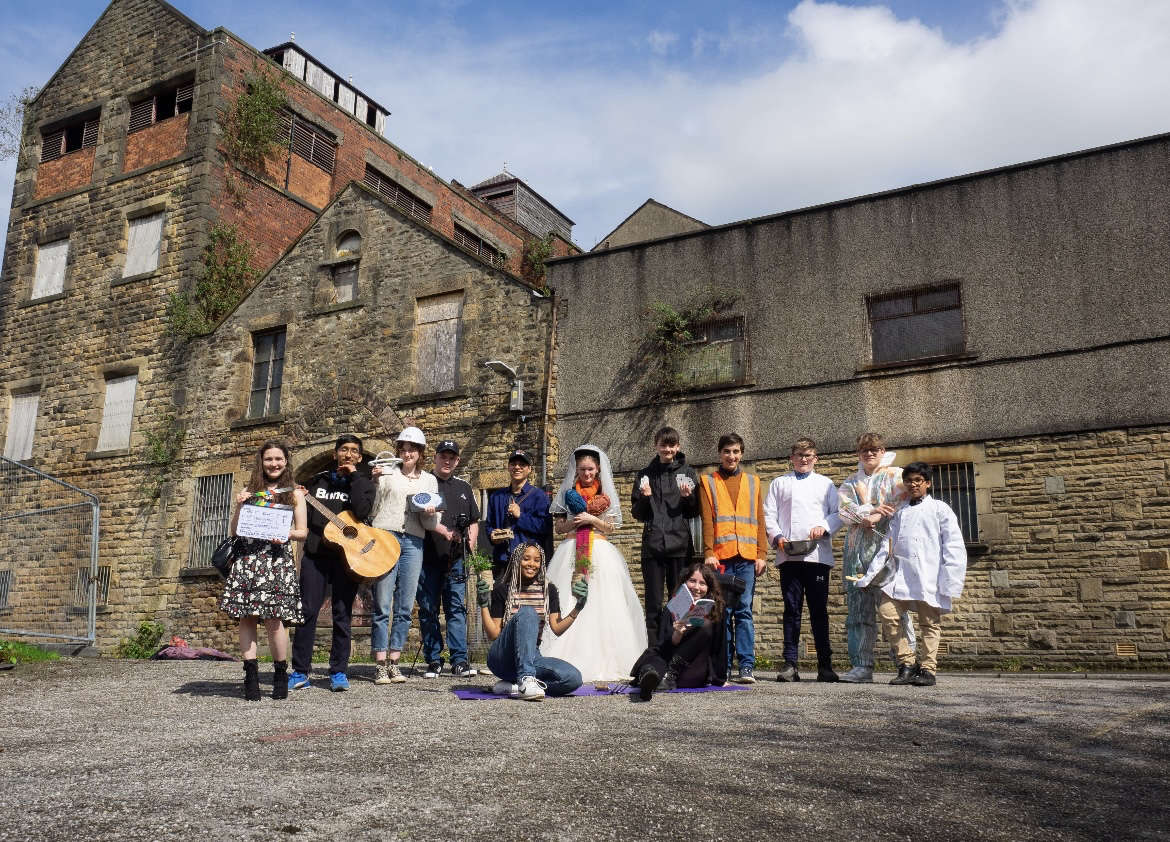 Lancaster youth charity awarded £221,400 towards vision for 'creative youth space' in city
Lancaster youth charity awarded £221,400 towards vision for 'creative youth space' in city
 Tennis club near Lancaster unveils new courts after £50,000 fundraising campaign
Tennis club near Lancaster unveils new courts after £50,000 fundraising campaign
 INTERVIEW: Highest Point chief 'proud' of lineup for 2024 festival
INTERVIEW: Highest Point chief 'proud' of lineup for 2024 festival
 Highest Point festival stage times: all you need to know
Highest Point festival stage times: all you need to know




